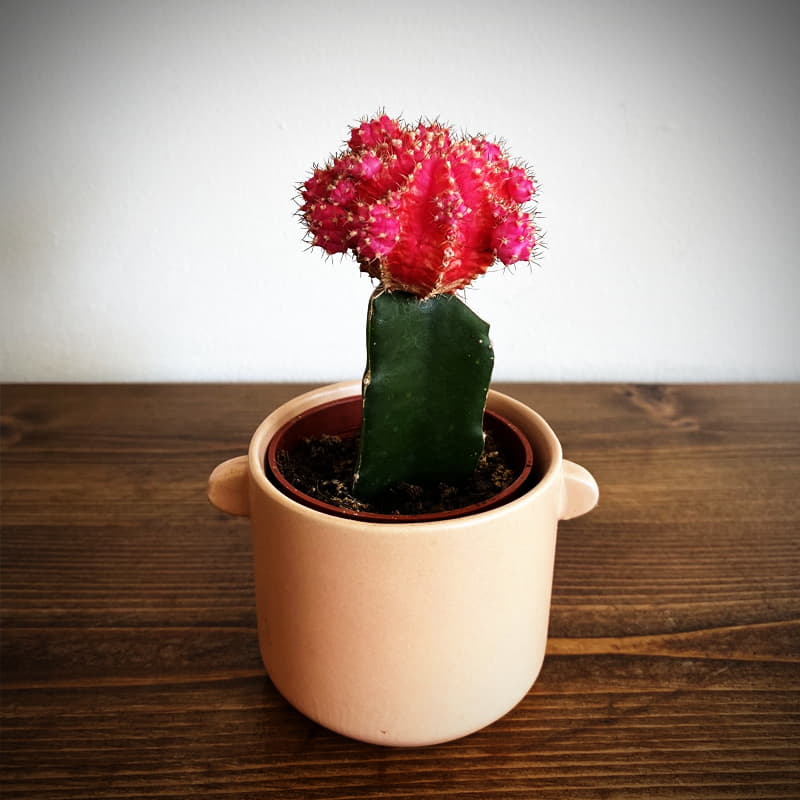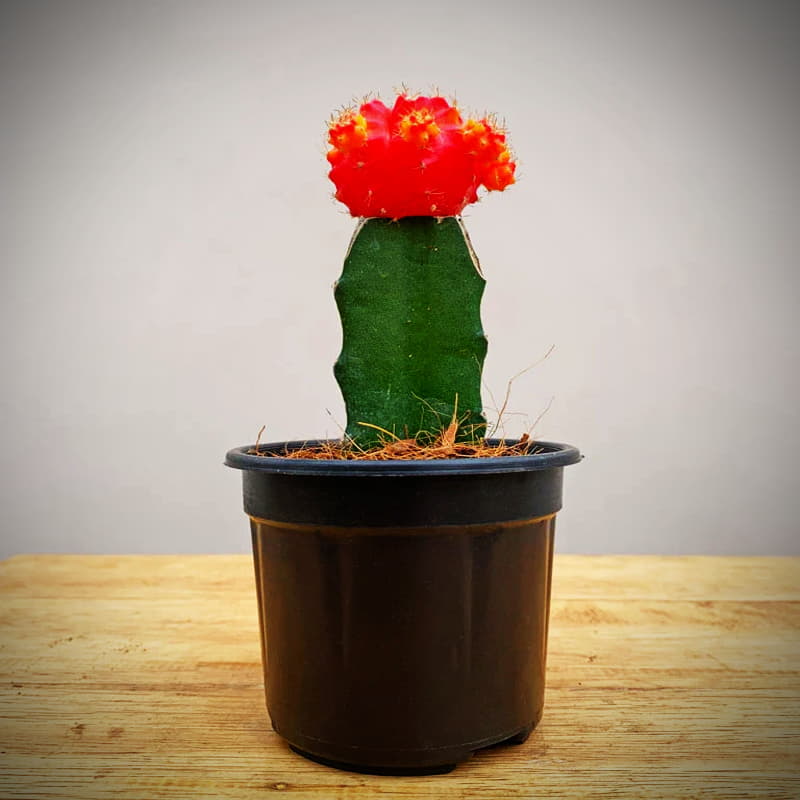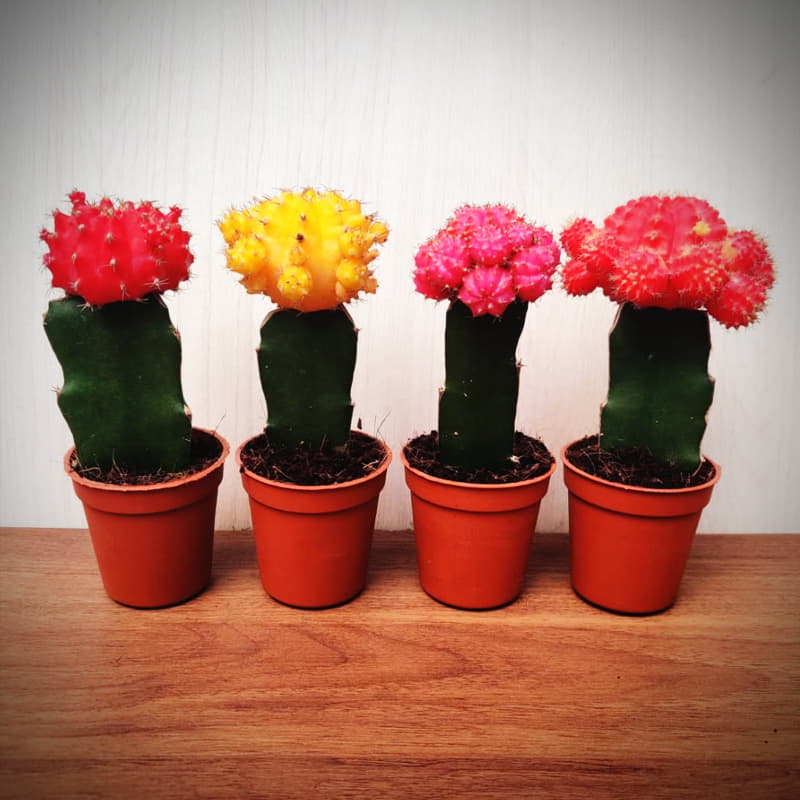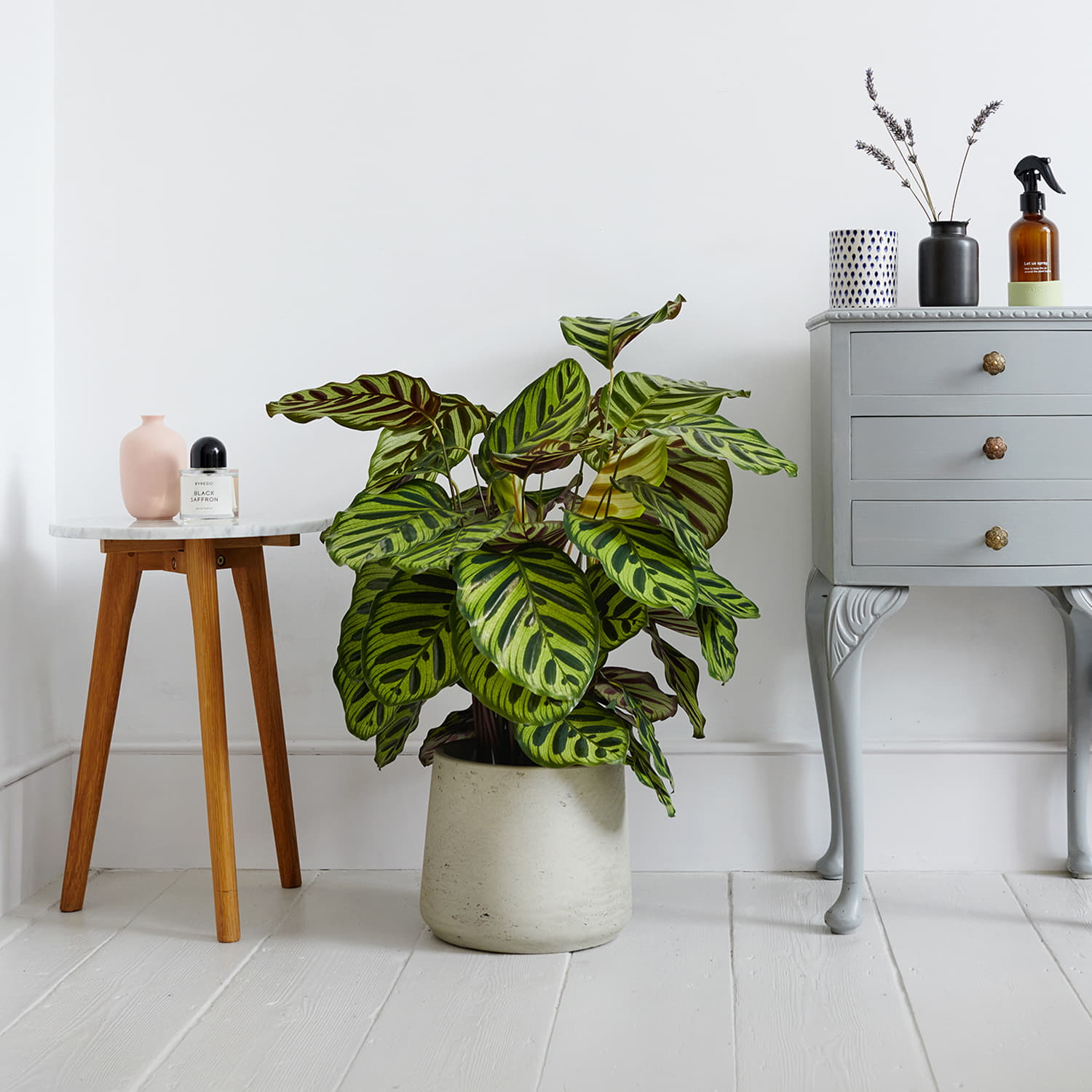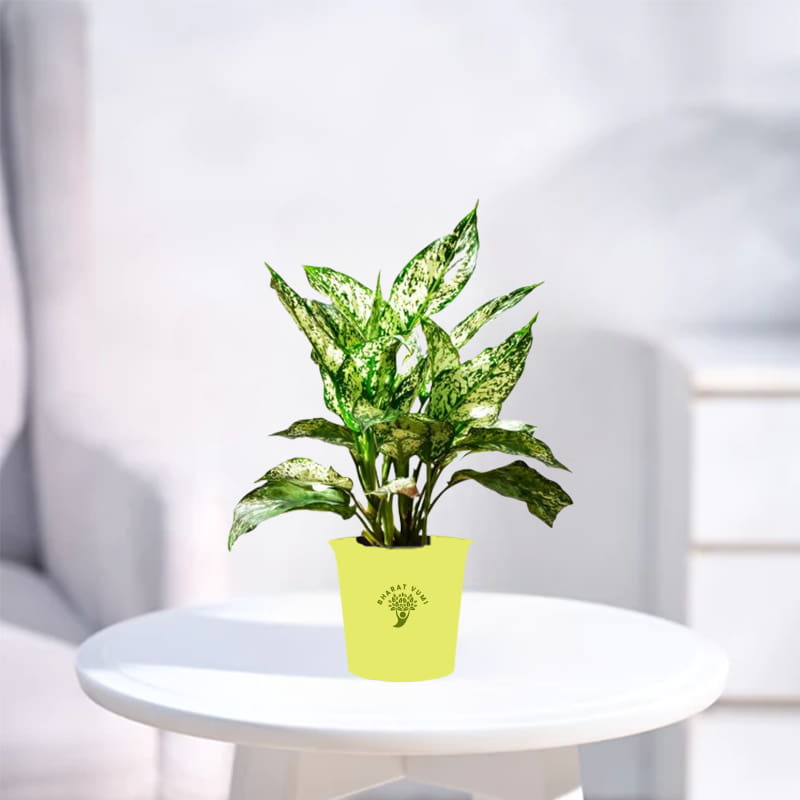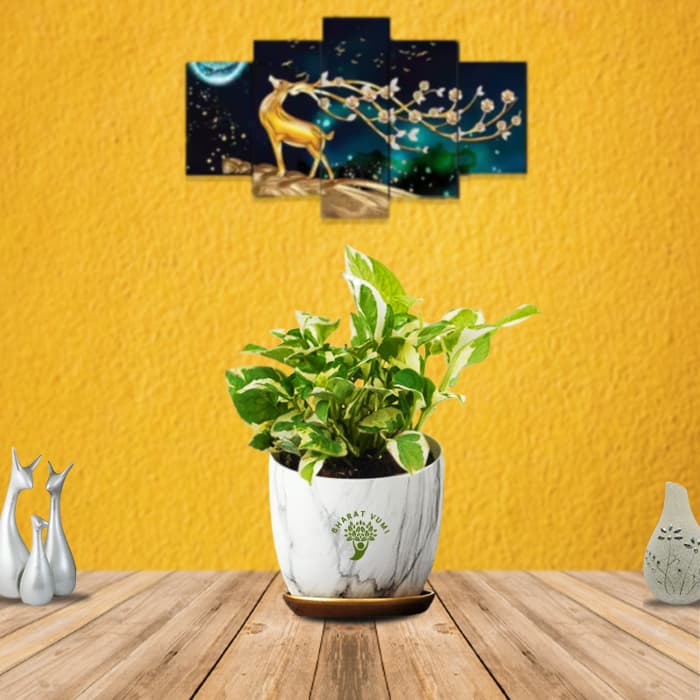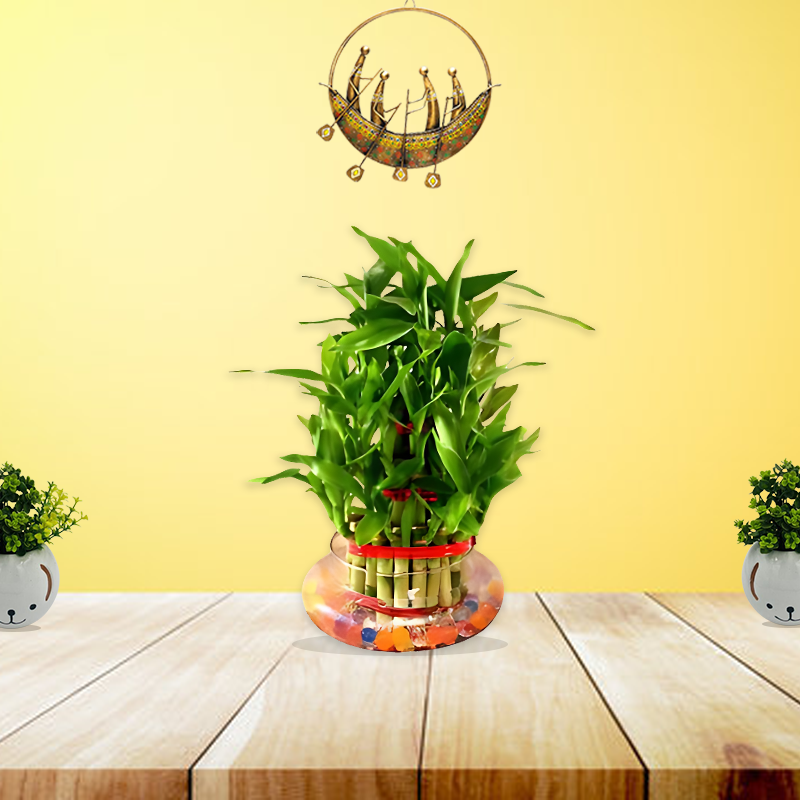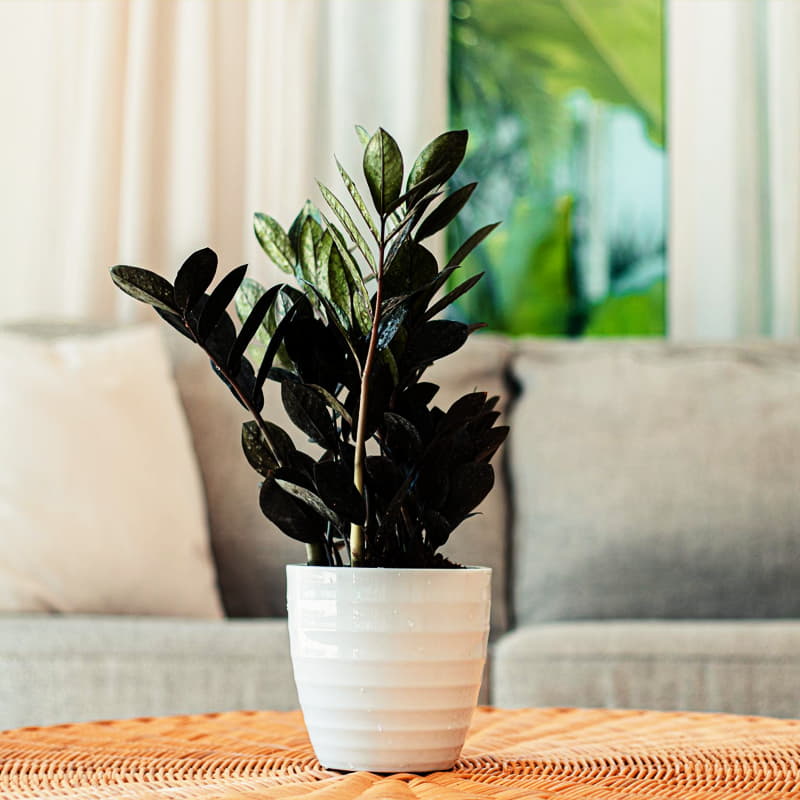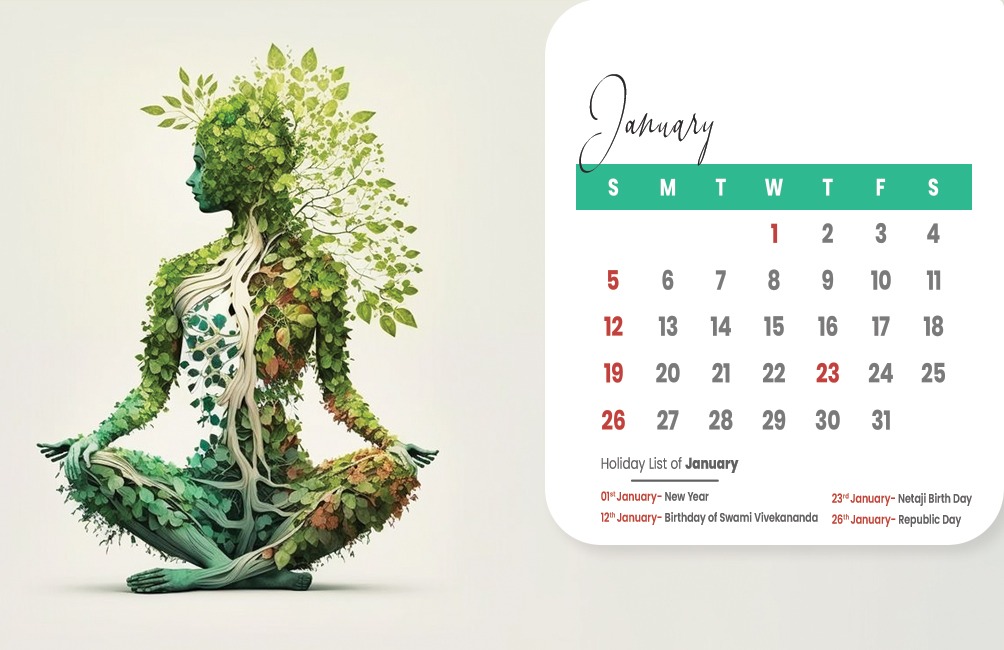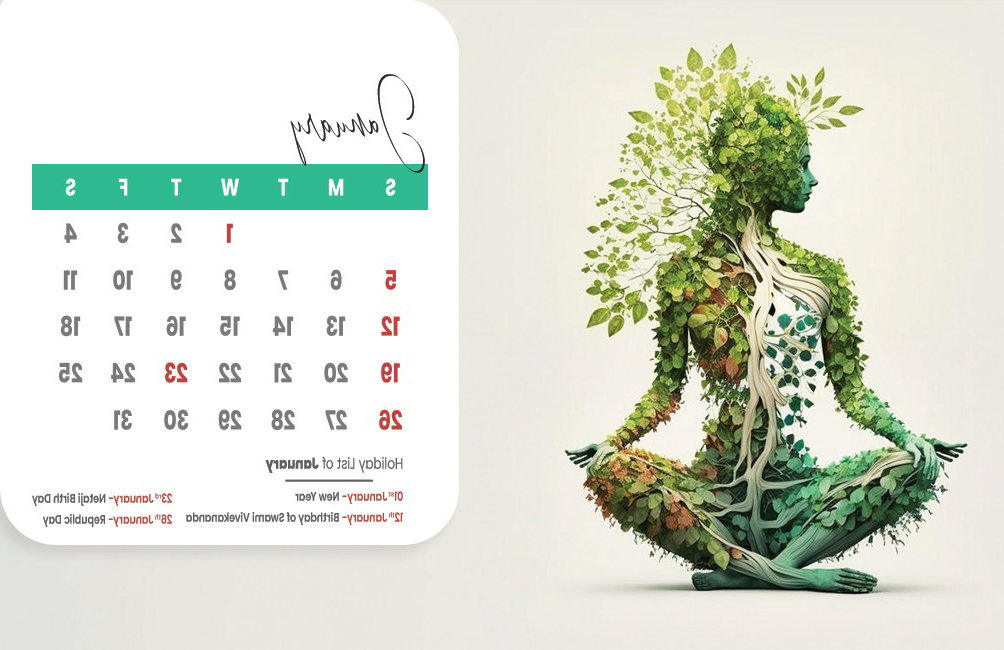Image(s) are for reference. Actual product might vary in some aspects like shape, size etc, from the one given in the image(s). However, we ensure what you get is close to the image(s) and of high quality. Our target is to deliver a healthy and well built plant. So relax after ordering and wait for an excellent delivery from Bharat Vumi that will bring smile on your face.
Plant Description:
Common Name- Moon Cactus
Scientific Name- Gymnocalycium mihanovichi
Family- Cactaceae
Origin- South America
The Moon Cactus is a unique and colorful cactus variety that is actually a grafted plant. It features a small, colorful, and spineless cactus grafted onto a rootstock cactus. The vibrant, dome-shaped top cactus comes in various shades like red, orange, yellow, or pink, creating a striking contrast against the green or brown rootstock. Moon Cacti are popular for their eye-catching appearance.
Growing Conditions-
1.Soil- Moon Cacti Cactus prefers well-drained soil. A
cactus-specific or succulent potting mix is suitable, a regular potting soil
with perlite, vermiculite, sand or pumice can be used for Moon Cactus.
2.Watering- Moon Cacti have low to moderate water
requirements. Water the cactus thoroughly when the top inch of soil feels dry,
but allow the soil to dry out between waterings. Overwatering can lead to root
rot, so it's crucial to ensure proper drainage.
3.Temperature- Moon Cacti prefer warm temperatures ranging
from 18°C-29°C. They are not frost-tolerant, so protect them from freezing
temperatures.
4.Humidity- Moon
Cacti prefers low humidity levels like most other cactus.
6.Fertilization- Fertilize Moon Cacti during the growing season (April to September) with a balanced, diluted cactus fertilizer once in a month.
7.Flowering- Moon cactus can occasionally blooms. Wild moon can produce pink flowers.
Fungal Diseases- Moon Cacti can be susceptible to fungal
infections, such as powdery mildew or stem rot. These diseases often occur in
humid or excessively moist conditions and can cause discoloration, wilting, and
decay.
9.Important Pests- Moon cactus is occasionally affected by
some common insects like mealy bugs or scale. Otherwise it is almost insect
free.
10.Pruning- Moon cactus does not require pruning. Pruning is done if the lower rootstock portion sends out side shoots.
11.Propagation- Propagating Moon Cacti can be difficult
because they are grafted plants. One way is by separating small offsets that
grow around the base of the main plant. Another method involves grafting a
piece of the colorful top cactus onto a different cactus as the rootstock.
12.Graft Care- Since Moon Cacti are grafted plants, it's
important to monitor the graft union (the area where the top cactus is attached
to the rootstock). Ensure the union remains healthy.
| Type |
Perennial cactus |
|---|---|
| Planting Time |
Late spring - Early summer |
| Soil |
Cactus-specific or succulent potting mix composed of regular potting soil with perlite, vermiculite, sand or pumice |
| Watering |
Low to moderate water requirements. Water the cactus thoroughly when the top inch of soil feels dry. |
| Temperature |
18°C-29°C |
| Humidity |
This Cactus prefers low humidity level. |
| Light Requirements |
It does not like direct sunlight like many other cactus. They prefers bright indirect sunlight. |
| Fertilization |
Once in a month with a balanced diluted cactus fertilizer. |
| Flowering |
Blooms occasionally |
| Important Diseases |
Powdery mildew, Stem rot, Root rot |
| Important Pests |
Occasionally affected by Mealy bugs and Scales. |
| Pruning |
Moon cactus does not require much pruning. |
| Dormancy period |
Winter |
| Propagation |
Propagation can be done by offsets. |

